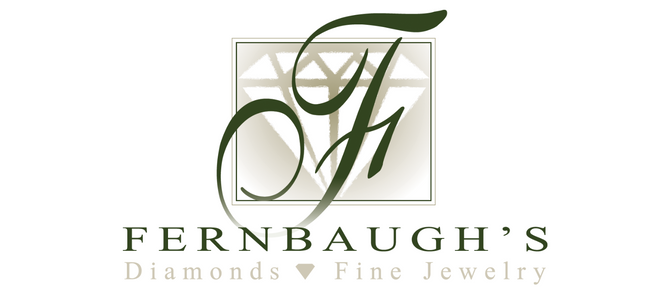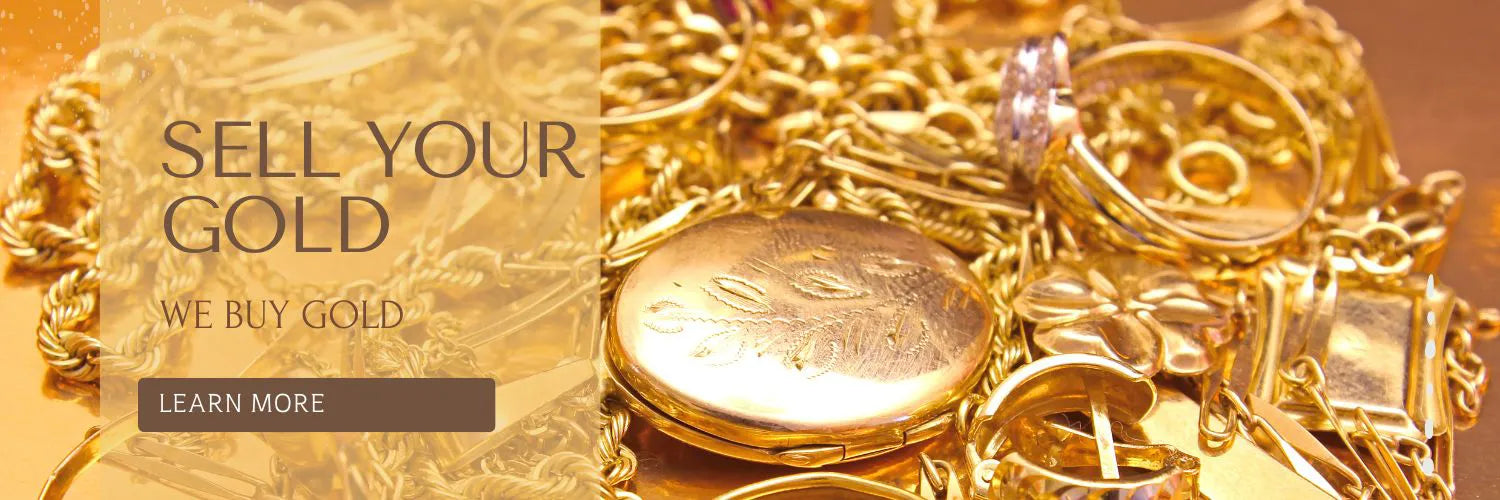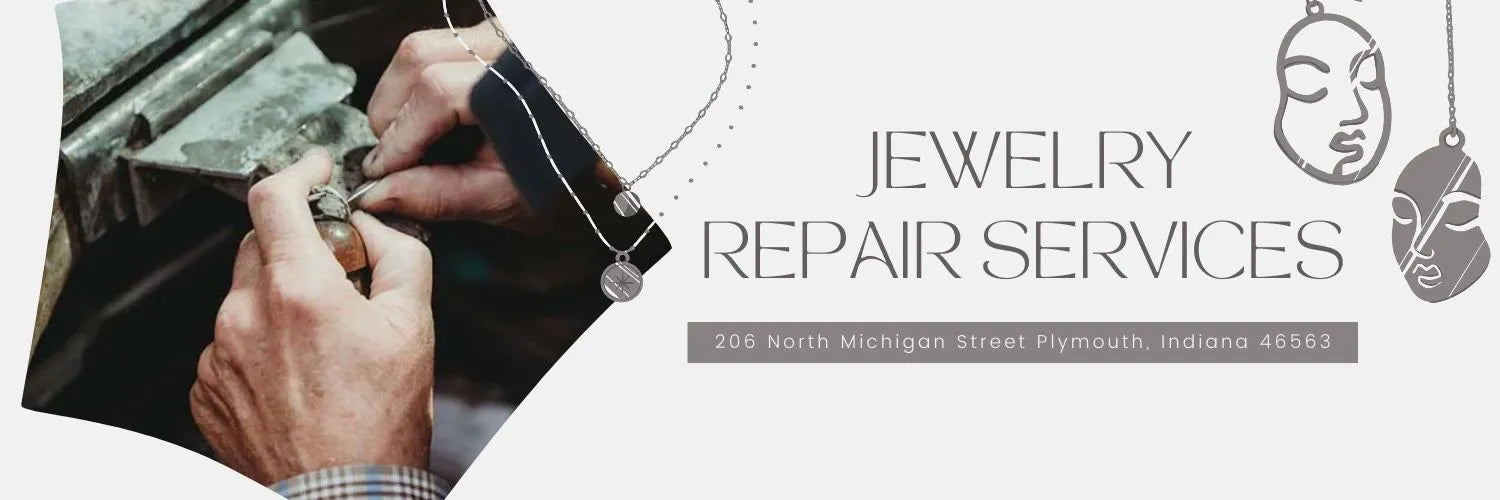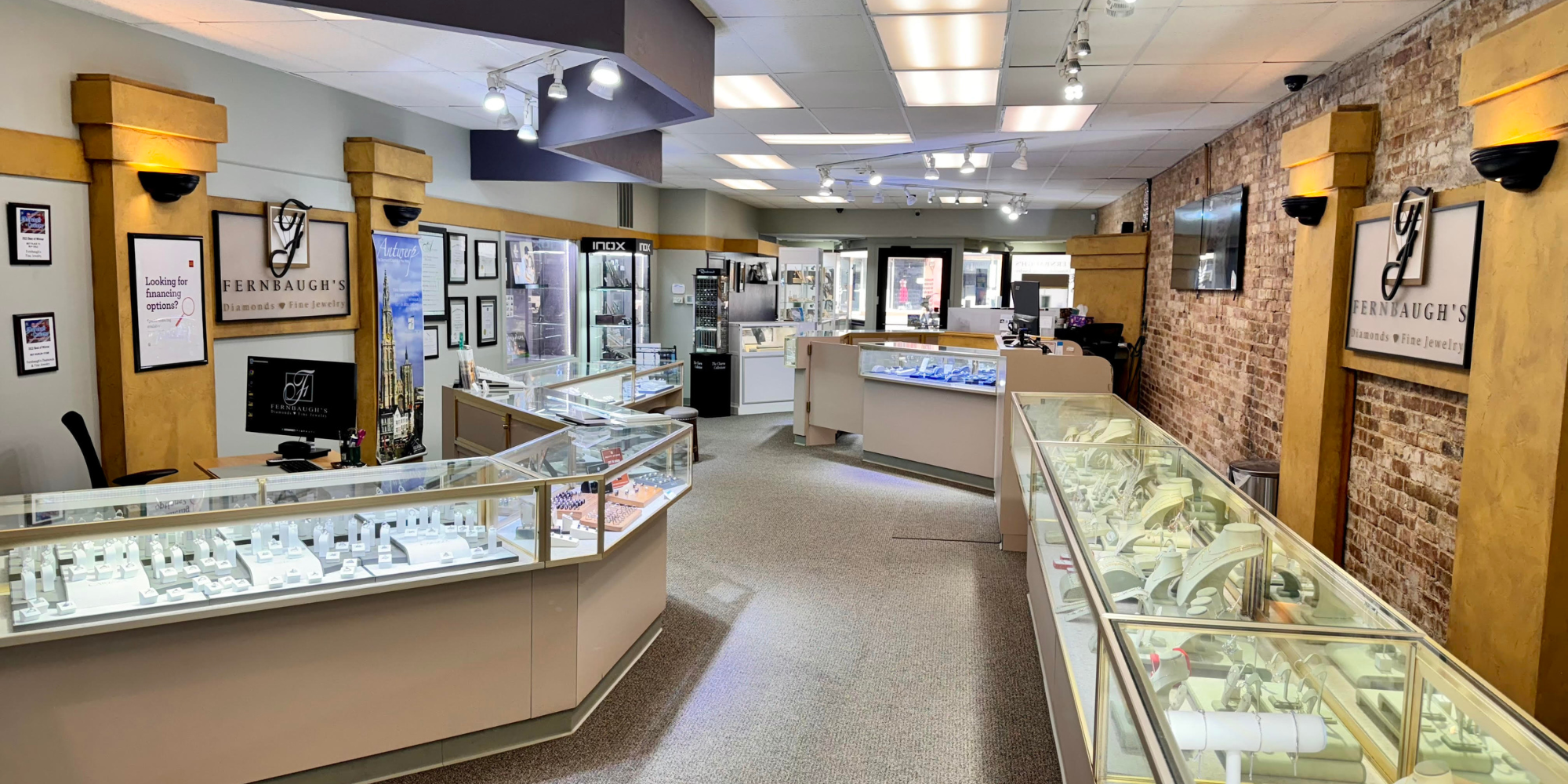by Morgan Garrison
If you were born in April, your birthstone is the most famous gemstone of all - the diamond! The history of the diamond industry alone is enough to write a book. Wish me luck trying to fit all the important information into a post!

Diamonds have been a girl’s best friend since long before Marilyn Monroe sang about them. Historians believe that diamonds, which were first found in India, were being traded as early as the fourth century BCE. The infamous Hope Diamond is believed to have been mined in southern India. Diamonds eventually made their way to Europe via Venetian markets in the Middle Ages along with other exotic goods like silk and spices. India remained the main source of diamonds for several hundred years.
Indian supplies started to dwindle by the early 1700s, just as diamonds were discovered by gold miners in Brazil. Brazil dominated the diamond market until the late 1860s when diamonds were discovered in South Africa. The Gemological Institute of America (GIA) marks this as the beginning of the modern diamond market. In 1888, Cecil Rhodes founded De Beers Consolidated Mines Limited, and by 1900 controlled 90% of the world's rough diamond production.
The African continent has remained an important source of diamonds with mines in South Africa, the Democratic Republic of Congo, and Botswana, which has become a diamond hub. Roughly 40% of the world’s rough diamonds are sorted and valued in Botswana. In fact, the center stone in Meghan Markle’s engagement ring came from Botswana.

Another important source is Russia, where diamonds have been mined since the 1960s. The country’s top mining company claims there are around 970 million carats waiting to be mined from the Siberan tundra. Diamonds are also mined in Australia and Northern Canada where deposits were found in the 1980s and 1990s respectively.
The name diamond comes from the Greek word “adamas” which means “invincible” or “unbreakable.” With a hardness of 10 on the Mohs scale, diamonds are not only the hardest gemstone, they are the hardest substance in nature. The only thing that can cut or scratch a diamond is another diamond. A diamond's hardness has made it a symbol of strength, longevity, and everlasting love.

Most people associate the 4Cs (Color, Clarity, Cut, Carat Weight) with diamonds. The 4Cs were developed by the GIA in the mid-20th century to be the universal standard way to judge diamonds. Color is graded on a scale of Z to D where Z is light yellow and D is colorless. Completely colorless diamonds are very rare. Most diamonds have slight tints of yellow. Clarity ranges from very included or imperfect to internally flawless and clear.
Cut refers to the proportions and angles of a diamond’s facets rather than the shape. If not done properly, the diamond won't reflect enough light and will appear lackluster. Carat is the measure of a diamond’s weight, not its size. Large rough diamonds are harder to find so a 1 carat diamond can cost more than twice what a ½ carat diamond costs. The rarity of one of the 4Cs can affect a diamond’s value. So, a super clear and bright diamond would be expensive because colorless and internally flawless diamonds are extremely rare.
Diamonds are our middle name here at Fernbaugh’s Diamonds and Fine Jewelry! We have a wide selection of diamond jewelry, engagement rings, and loose diamonds in store and online. This month’s products have been selected from our Spring Collection.
First up is a timeless classic: diamond stud earrings. We carry a variety of quality and carat weights in our store starting at $149. These make a great gift for any occasion from graduations to birthdays and anniversaries. We also have a trade-in, trade-up program so you can upgrade to a larger size down the road, you just pay the difference.

For something cute and trendy, check out these brand new cluster diamond stackable rings. These rings are available in rose, yellow, and white gold and feature a beaded band and a round diamond cluster. At just $149 each, you can mix and match for a two- or even tri-toned statement. These also make great promise rings!


Last but not least, the always popular Love’s Crossing line. The love knot pendant from this line is made of two hearts intertwined. What better way to show your love! This design also comes in a ring, and earrings for a full jewelry wardrobe. Starting at $199, this pendant is available in a variety of carat weights.

Come back next month for another installment of this series!
Sources:
https://www.gia.edu/birthstones/april-birthstones
https://www.gia.edu/diamond/gem-overview
https://4cs.gia.edu/en-us/4cs-diamond-quality/
https://www.gia.edu/diamond-history-lore
https://www.si.edu/spotlight/hope-diamond/history
https://www.brides.com/story/meghan-markle-engagement-ring






